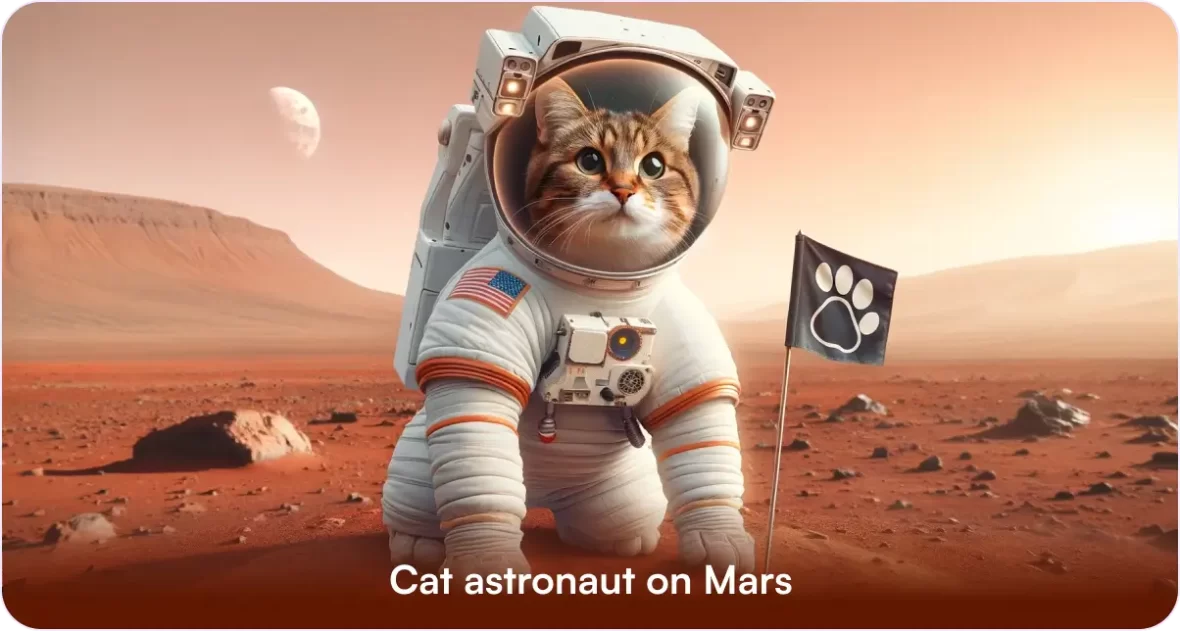Hi readers!
Get your notebook ready to take notes of what’s going to come out from the AI bag? A new series of models of GPT 5? Just read the blog which I am posting knowing full well that you know what are Chat GPT’s?
Dear readers! hold your breath, it’s a new series of models from Open AI: similar to chat GPT4 in many respect but still used the underlying technologies like transformer and a neural network.
The AI o1 models are significantly better at working through complex tasks and harder problems that require logical reasoning. It was released at the time when everyone was waiting for Chat GPT 5 but all were surprised on September 12th, 2024, with the release of Open AI o1 that was initialize to zero by naming it open AI o1 replacing its distinct focus of reasoning compared to the traditional GPT lineage. This marks the start of a new Open AI series similar to the one that we all know already.
The o1 models will not replace GPT 4 fully because for applications that requires image inputs (The image at the top is AI generated), functions calling, or consistently rapid response time, GPT 4 o and GPT 4 mini will remain the prime choice.
Please note,”o1″ refers to “OpenAI Model 1,” which is an early designation for their initial language model. However, OpenAI has released multiple iterations and models over time, including the more well-known GPT series accordingly, ChatGPT o1 series is pen AI’s latest family.
The new o1 series includes two key models: o1-preview, which is the flagship model designed for deep reasoning and problem-solving, and o1-mini, a smaller, more efficient model optimized for code generation. These models indicate a significant advancement in AI technology. The series is released in ChatGPT and is designed to reason through complex tasks and solve harder problems in science, coding, and math.
The models are trained to spend more time thinking through the problems before they respond, much like a person would. Through training, they learn to refine their thinking process, try different strategies, and recognize their mistakes. It is excellent on challenging tasks in physics, chemistry, and biology but excel in math and coding. In a qualifying exam for the International Mathematics Olympiad, GPT-4o correctly solved 13% of problems, while the new reasoning model o1 scored 83%. Their coding abilities were evaluated in contests and reached 89th percentile in Code forces competitions.
Being an early model, it doesn’t currently have many of the features like browsing the web for information and uploading files and images hence, GPT-4o will be used for these tasks but for complex reasoning tasks o1 is a significant advancement and represents a new level of AI capability. It is because of this, open AI reset the counter back and named it o1.
The series will havea new safety training approach that utilizes their reasoning capabilities. Because the model can reason about the safety rules in context, it can apply them effectively.
To evaluate safety rules if a user tries to bypass them (known as “jailbreaking”) GPT-4o scored 22 (on a scale of 0-100) while o1-preview model scored 84.
These enhanced capabilities can be particularly useful in tackling complex problems in science, coding, math, and other similar fields. For example, o1 can be used by healthcare researchers to explain cell sequencing data, by physicists to generate complicated mathematical formulas needed for quantum optics, and by developers in all the fields to build and execute multi-step workflows.
To offer a more efficient solution for developers, Open AI is releasing OpenAI o1-mini, a faster, cheaper reasoning model that is particularly effective at coding. The model is 80% cheaper than o1-preview, making it a powerful, cost-effective model for applications that require reasoning but not broad world knowledge.
So, dear readers, don’t stop here, keep moving and use the new technologies at least to test your skills and intellect if you have no harder task in hand at the moment.
See you next week. Take care, Bye.





